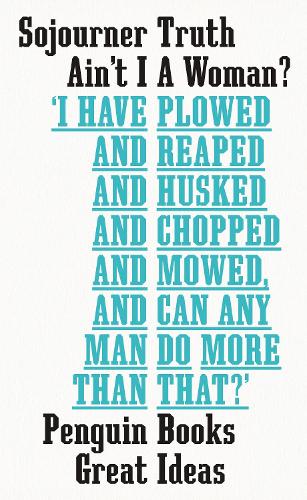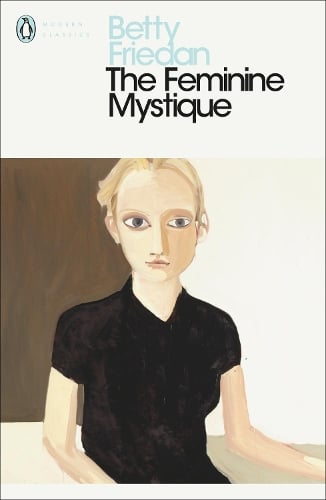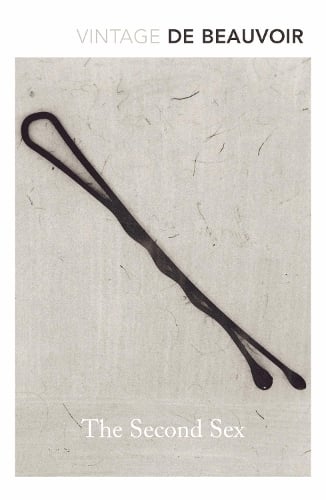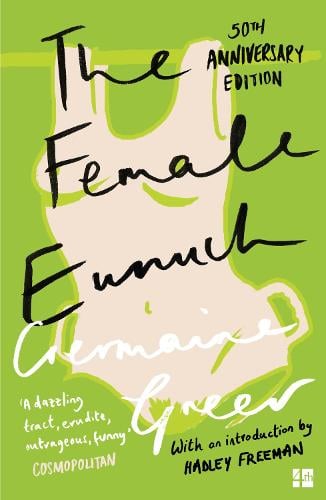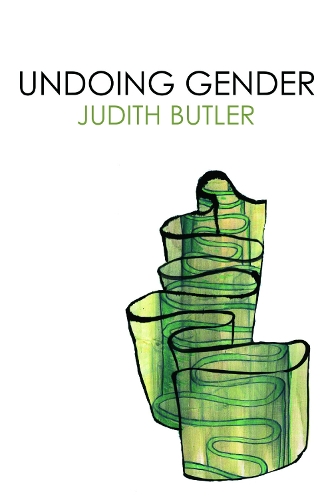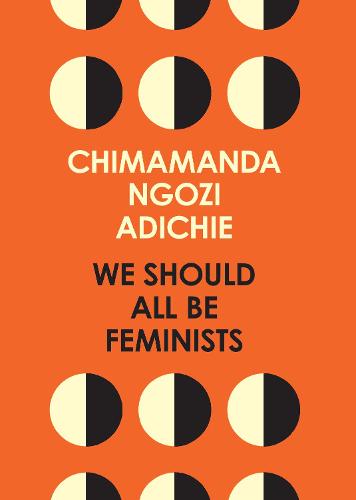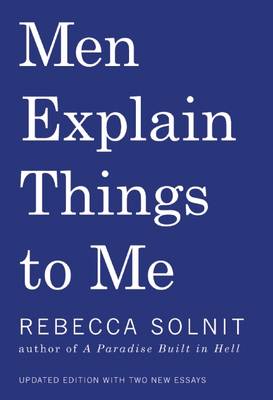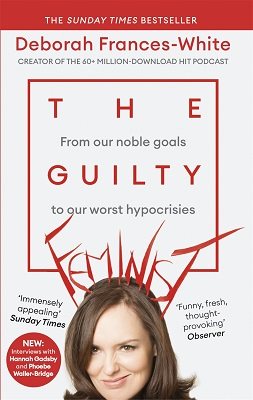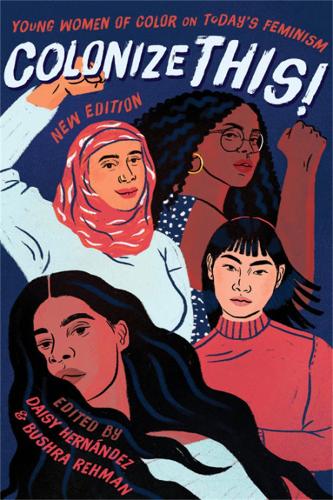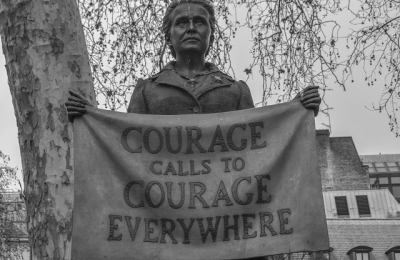Feminism just keeps getting better and better! Now on its fourth wave, we take a look back at what has come before and what has been achieved.
I stand
on the sacrifices
of a million women before me
thinking
what can i do
to make this mountain taller
so the women after me
can see farther
– Legacy by rupi kaur
block
Proto-feminism
Mary Wollstonecraft – A Vindication of the Rights of Woman
Mary Wollstonecraft believed in equality, at a time when few others did. She inspired the first wave of feminism with her book A Vindication of the Rights of Woman in 1792.
Mary Wollstonecraft’s central ideas:
- That education should be available to all and that it should be free.
- That women should be allowed to enter the world of medicine and politics.
- Women should be able to speak their minds.
- Differences between men and women are due to nurture, rather than nature – it is how they are raised.
- It is essential for women to be given the right to earn their own living and to support themselves.
First Wave Feminism
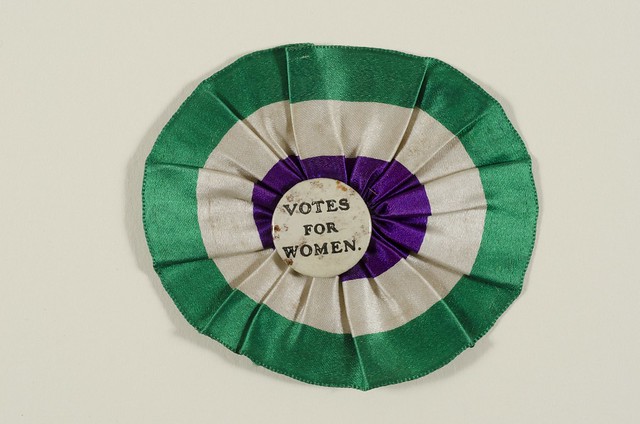
Main Goals: legal rights for women; the right to vote.
Cause: huge inequality; need for social, economic and political reform.
Successes: right to vote 1918; 1928.
Key Influencers: Emmeline Pankhurst; Millicent Fawcett, Emily Davison.
Key Texts: A Vindication of The Rights of Woman by Mary Wollstonecraft; My Own Story by Emmeline Pankhurst; Ain’t I A Woman? by Sojourner Truth.
BLOC
Women fought for the vote as peaceful suffragists – led by Millicent Fawcett and took a more militant approach as suffragettes – led by Emmeline Pankhurst.
Similar movements occurred across the world, beginning in the West. In the UK, some women won the right to vote in 1918. Finally, all women won the right to vote in the UK in 1928.
Saudi Arabia became the last country to allow women to vote in 2015.
Second Wave Feminism

Main Goals: workplace equality; equal pay; reproductive rights.
Cause: women’s return to the home after WWII; workplace inequality; pay inequality; need for social change; contraception.
Successes: contraceptive pill 1961 (widely and freely available in 1967); Equal Pay Act 1970; Sex Discrimination Act 1975.
Key Influencers: Betty Friedan; the Dagenham women; Margaret Sanger; Audre Lorde.
Key Texts: The Feminine Mystique by Betty Friedan; Second Sex by Simone de Beauvoir.
BLOC
The second wave of feminism in the US and the UK came about in the 1960’s and 70’s and expanded to focus on equality in work, and in society.
The Women’s Liberation Movement developed as part of second wave feminism and was inspired by Betty Friedan’s best selling book The Feminine Mystique. The book described women’s traditional gender roles, their idealisation and the social pressure that saw women return to the home after World War II.
“The personal is political” became a central slogan of the movement both in the US and in the UK.
The Dagenham Women’s Strike
Forty years after gaining the right to vote, access to many professional jobs was restricted and it was legal to pay women less for their labour. In 1968, women working at the Ford plant in Dagenham went on strike for equal pay. This lead to the Equal Pay Act introduced in 1970, at a time when women earned 55% of what men earned. The Sex Discrimination Act followed in 1975 and meant that women and men were protected from discrimination on the ground of their sex.
The Pill
A ground-breaking change that occurred in the 1960’s was the development of the contraceptive pill – a pill that could prevent pregnancy. Margaret Sanger worked with two scientist to develop the pill in the 1950’s.
The pill became available on the NHS to married women, in 1961, and became freely available to all women in the UK in 1967. The pill was low-cost, very reliable and easy to use. It gave women the ability to decide how many children to have, and when to have them.
Third Wave Feminism

Main Goals: explore gender identity, race, class, sexuality and disability; inclusion; intersectionality; internationalism; reclaim words and ideas; empowerment of the feminine.
Cause: feminism’s previous focus on white women, middle-class women, heterosexual and non-disabled women. A culture of anti-feminism, misogyny, harassment and abuse.
Successes: The third wave was a complex and diffuse movement, which sought to affect culture, perception and social identities, rather than specific policy or legislation.
Key Influencers: Kimberle Crenshaw; Angela Davis; Judith Butler; Audre Lorde; Riot grrrl movement.
Key Texts: Sister Outsider by Audre Lorde; Critical Race Theory by Kimberle Crenshaw et. al.; Gender Trouble by Judith Butler; Women, Race & Class by Angela Davis.
block
block
The third wave feminist movement began in the early 1990’s and addressed issues around race, sexuality and gender identity.
The Non-binary
The existence of strictly male and female traits is an idea that has been slowly eroding since Mary Wollstonecraft’s proto-feminist work A Vindication of the Rights of Woman. But the new wave of feminism has obliterated the idea; instead, perceiving gender as a non-binary continuum.
Rooted in the work of Judith Butler, people are seen as individuals who possess a full range of traits and characteristics that make them human. And so, third wave feminism explores the ways in which society has shaped an individual’s gender identity and sexuality.
Intersectionality
Kimberle Crenshaw coined the term intersectionality in 1989, to describe the ways in which different forms of oppression intersect and interact. Third wave feminism has embraced a sense of inclusion that attempts to understand feminism within a structure of inter-connected oppressions and discriminations that include gender identity, race, class, sexuality and disability.
Fourth Wave Feminism
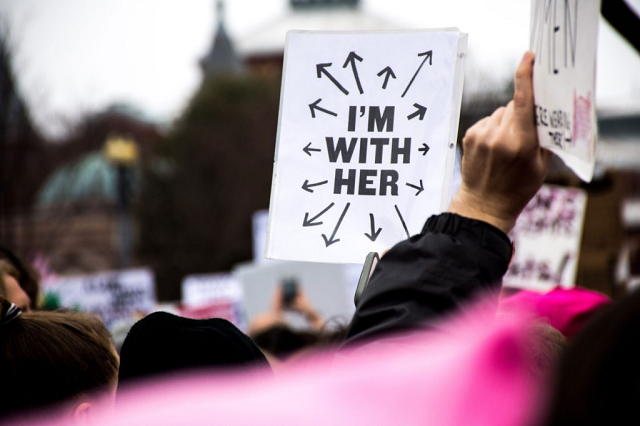
Main Goals: end sexual harassment; inclusion and queerness; collaboration and mobilization; use of technology to challenge abuses of power; movement against power structures and hierarchies; change in culture and psychology.
Cause: sexual harassment and rape culture; body-shaming; toxic-masculinity; out-dated power structures.
Successes: Women’s March; #MeToo; increasing representation of women in power; diversity of voices and perspectives; greater awareness of unconscious bias; mainstreaming of feminist issues; lots of hashtags! #mansplaining
Key Influencers: Laura Bates; Chimamanda Ngozi Adichie; Rebecca Solnit; Caroline Criado Perez; Deborah France-White.
Key Texts: Everyday Sexism by Laura Bates; We Should All Be Feminists by Chimamanda Ngozi Adichie; Men Explain Things To Me by Rebecca Solnit; Invisible Women by Caroline Criado Perez.
block
block
Fourth-wave feminism is a phase of feminism that began around 2012, if not before, and is characterized by a focus on the empowerment of women and the use of technology and internet tools to collaborate and to amplify women’s voices. Deborah Frances-White once described the fourth wave as “third wave feminism but with podcasts” which captures something of its essence and we do love the podcasts!
With the Women’s March, #MeToo and the Time’s Up movements, fourth wave feminists are turning up the heat. Fourth wavers are tearing up the power structure as they democratise the media through use of the internet to create their own shows, podcasts, ezines and social networks, by-passing traditional power structures. Fourth wave feminism is queer; internationalist, sex-positive, body-positive, trans-inclusive and digital.
With such an array of achievements and such a long way to go – bring on the fifth!
block

What the * Means
Links marked with an * are affiliated links, which help run Riot Room and keep it free to use. If you use our links to buy something, we may get a small commission or other benefit to the site. If you do want to buy any of the items, please use our links so that the site benefits.
Many Thanks.



